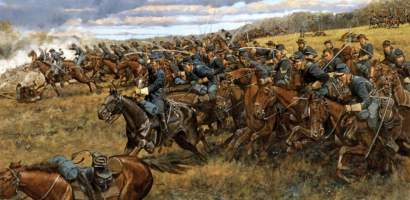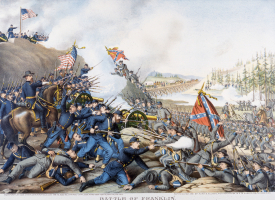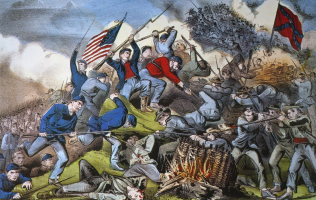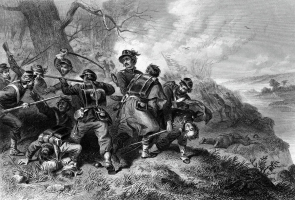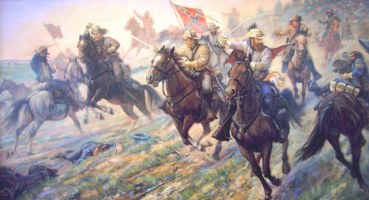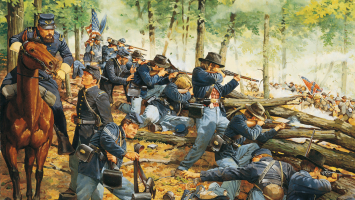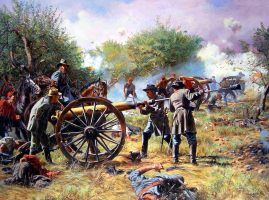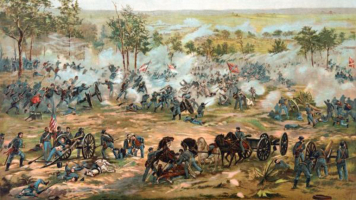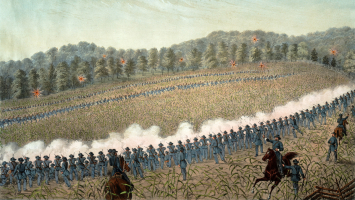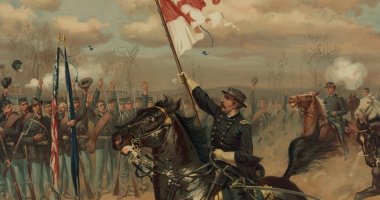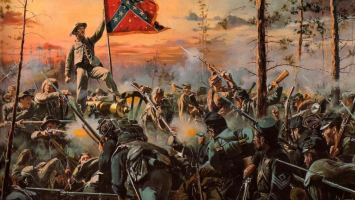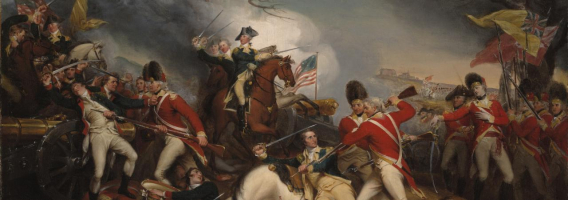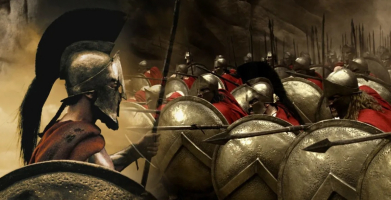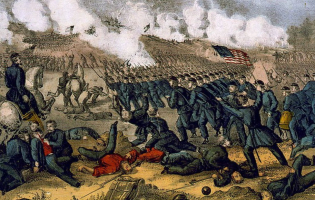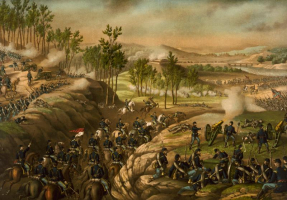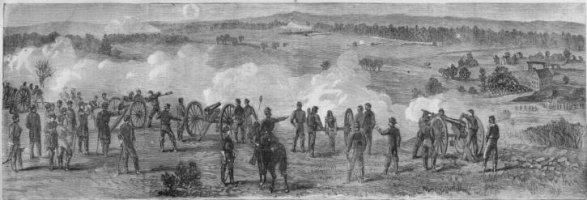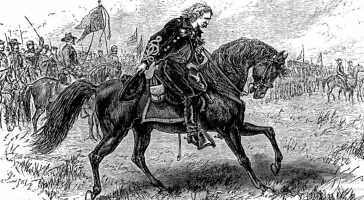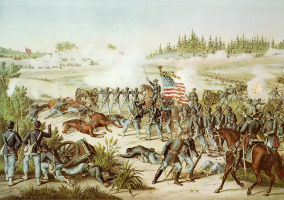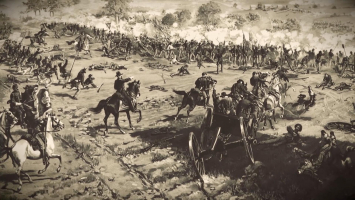Top 6 Facts About The Battle of Mill Springs
On January 19, 1862, the American Civil War saw the Battle of Mill Springs, also known as the Battle of Fishing Creek in Confederate language and the Battle of ... read more...Logan's Cross Roads in Union terminology, take place in Wayne and Pulaski counties, close to present-day Nancy, Kentucky. We assembled these top facts about the Battle of Mill Springs. We hope that these interesting facts will improve your awareness and appreciation for this important 1862 Civil War battle in Kentucky.
-
By stationing his Confederate troops in Kentucky, Felix Zollicoffer wanted to bolster pro-Confederate opinion and persuade the Bluegrass state to ally with the Confederacy. That opportunity was gone after the Union won in Mill Springs.
The Confederacy and the Union were both very interested in Kentucky. In the slave states, Kentucky had the third-largest white population. Both armies valued its livestock and wheat production highly. Kentucky also abutted the important Mississippi and Ohio rivers. The first big Union success of the Civil War, the Federal win at Mill Springs, did more than only boost the North's flagging morale; it also helped to hold Kentucky firmly under Union hands.
In many ways, Kentucky's strategic relevance to the Union cause during the war was shown, and President Abraham Lincoln bluntly emphasized it when he said, "I hope to have God on my side, but I must have Kentucky" early in the struggle.
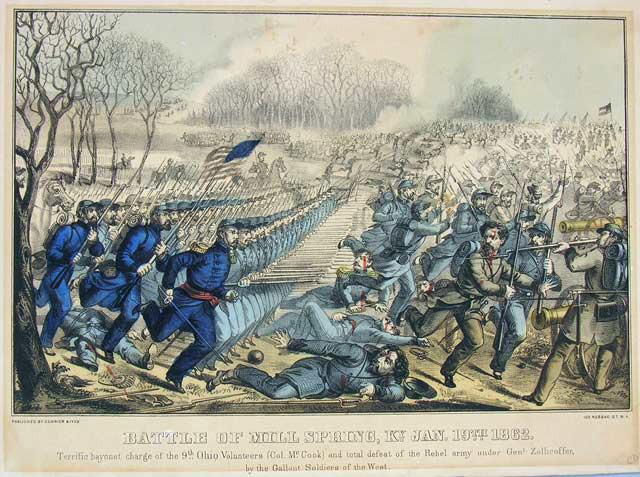
ExploreKYHistory 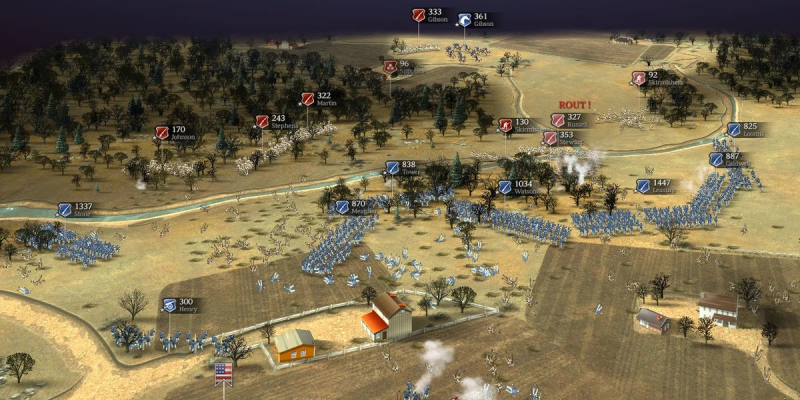
Historica Wiki - Fandom -
Despite the fact that Mill Springs was one of the war's most comprehensive tactical wins, Abraham Lincoln withheld judgment and even forbade Harper's Weekly from featuring Thomas on the publication's cover. The President said, "Let the Virginian wait."
Each individual had to choose whether to support the Union or the Confederacy when the Southern states seceded. Whether it meant sticking by your state or because they supported one of the two sides, for some it seemed like an obvious choice. Others, however, would find that picking a side would cause them conflict because they frequently felt divided between state and country, family and conscience, friends and conviction, and government and beliefs. Thomas was one of those who made the difficult choice to fight for the Union despite having grown up in a Southern household.
Sadly, as a result of his decision, he would not be trusted by either side of the conflict: the Confederates would call him a traitor, and even his own family turned against him. The Union, on the other hand, was hesitant to trust him because they thought that, at worst, he was a spy and, at best, he was a hesitant commander who might hesitate when faced with fighting his fellow citizens.
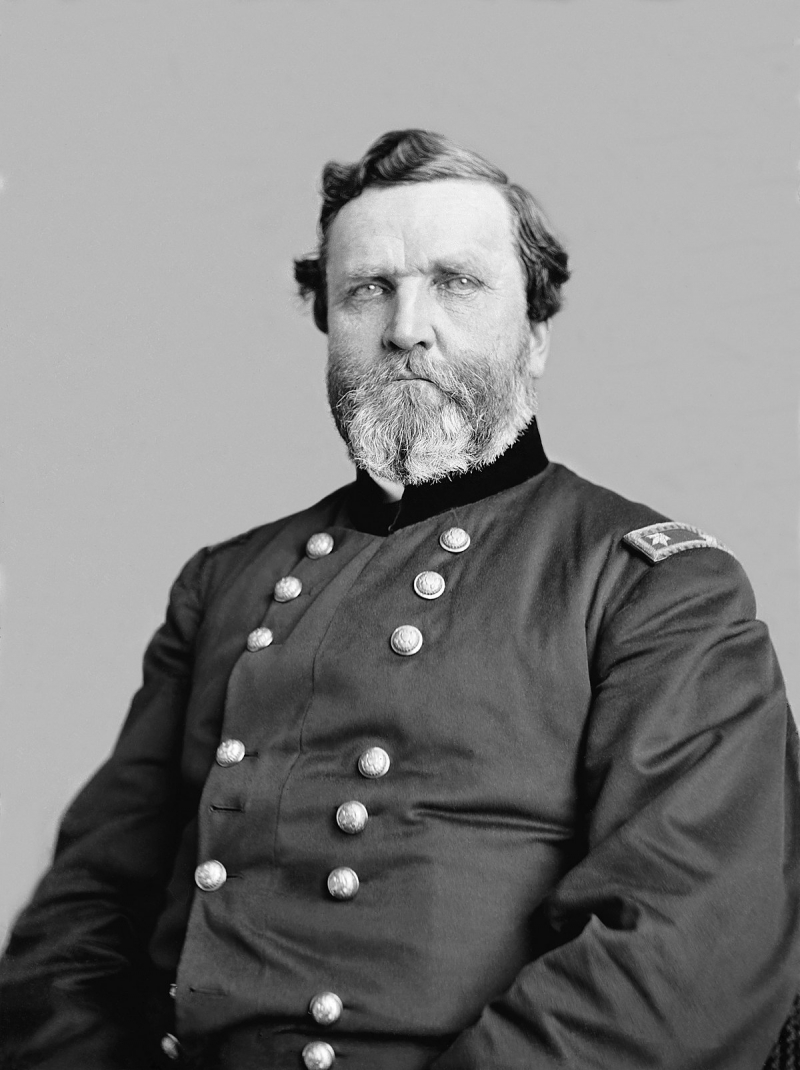
George Henry Thomas - Wikipedia 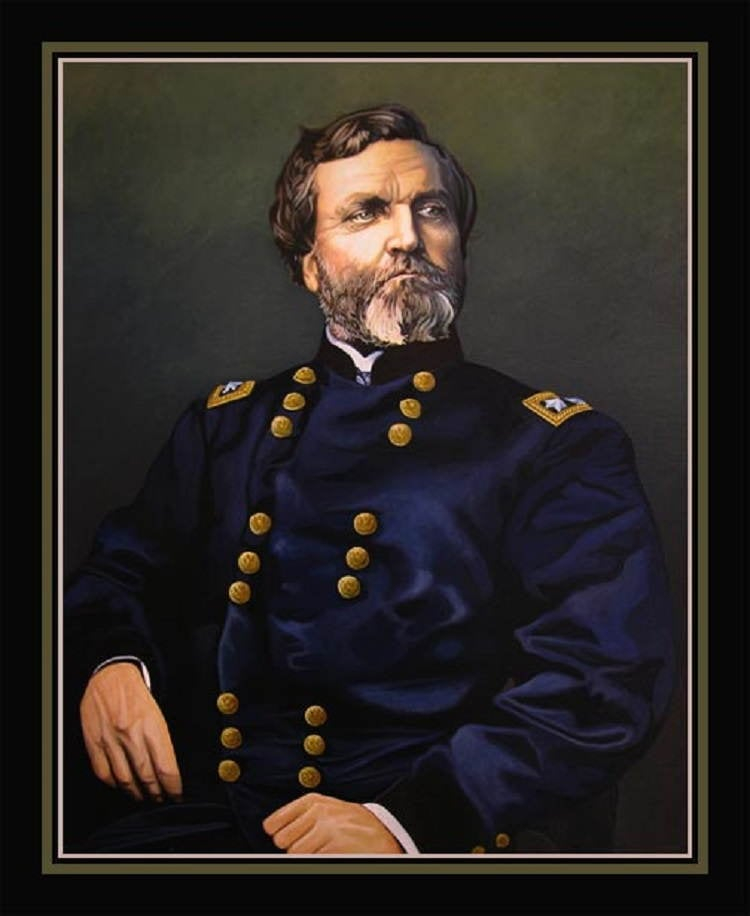
George Henry Thomas - All That's Interesting -
The majority of Civil War conflicts occurred in the summer and early fall due to logistical considerations. A uncommon wintertime fight is the Battle of Mill Springs. The coldest weather of the year often occurs in southern Kentucky the week of January 19. Many of Zollicoffer's troops had trouble with their weaponry in 1862 due to the cold and damp weather. Visibility on the battlefield and enemy identification are also seriously hampered by the poor visibility.
General George B. Crittenden came to take over control of Zollicoffer's army in the middle of January 1862. Because it would be extremely difficult and even disastrous to cross the river's powerful currents in order to withdraw, the Rebel camp near Mill Springs was in a vulnerable position. Crittenden made the decision to conduct a preventative attack against Union General George B. Thomas' army because of fear that his army would soon arrive.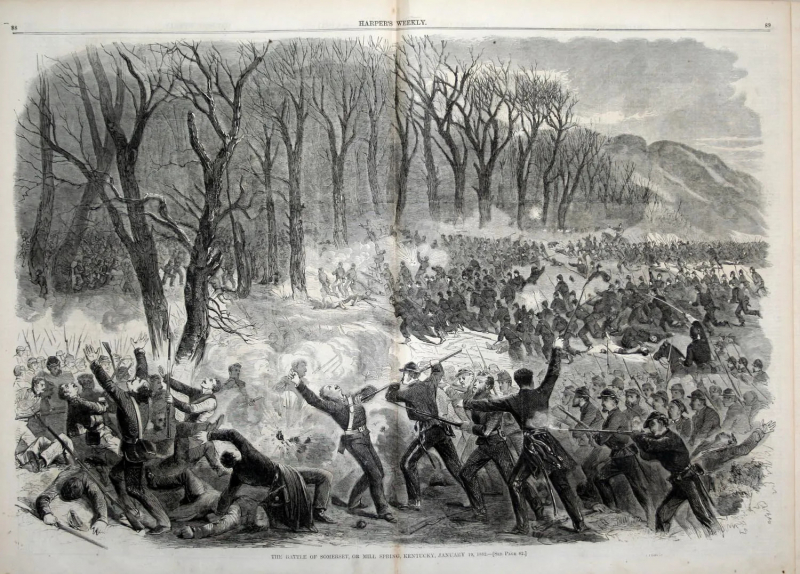
The Civil War Months 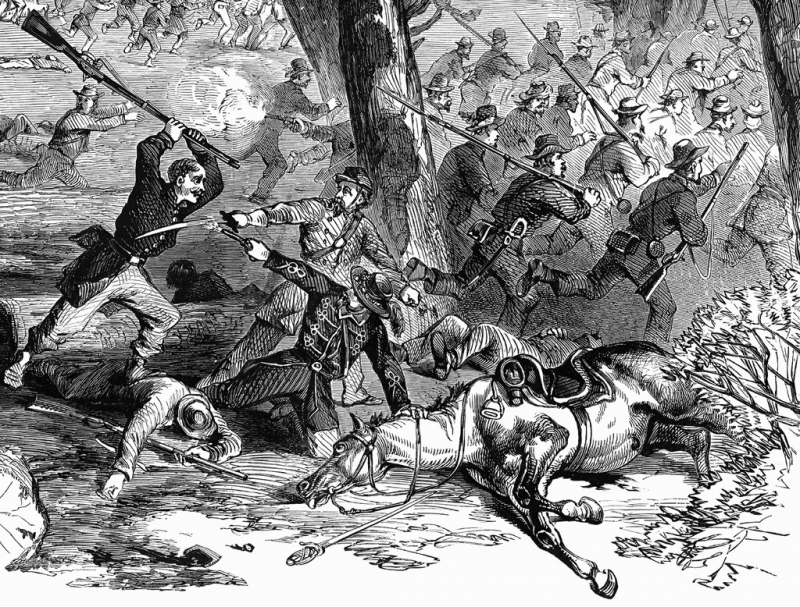
ClipArt ETC -
The identities of several of the troops on the Mill Springs Battlefield were obscured by smoke and rain. Brig. Gen. Felix Zollicoffer instructed his 19th Tennessee to cease its fire after becoming convinced that his soldiers were firing on other Confederate forces. He then rode forward with an aide to assess the situation.
Colonel Speed Fry of the 4th Kentucky, a Union regiment, also rode forward during one of those bizarre battlefield encounters, and he and Zollicoffer (or his assistant) engaged in conversation without realizing they were speaking to an enemy officer. They were asked to halt the friendly fire by the Confederates. Fry concurred. One of the two Confederate officers soon realized his error and fired his revolver at Fry. This pistol fire, hitting Fry's horse but missing Fry, convinced the adjacent 4th Kentucky men that these two mounted officers were Confederates. Both Zollicoffer and his assistant were instantaneously murdered by the Union soldiers' hail of gunfire. Zollicoffer's careless ride into the midst of his enemies had cost him his life and his death greatly demoralized the Confederate soldiers.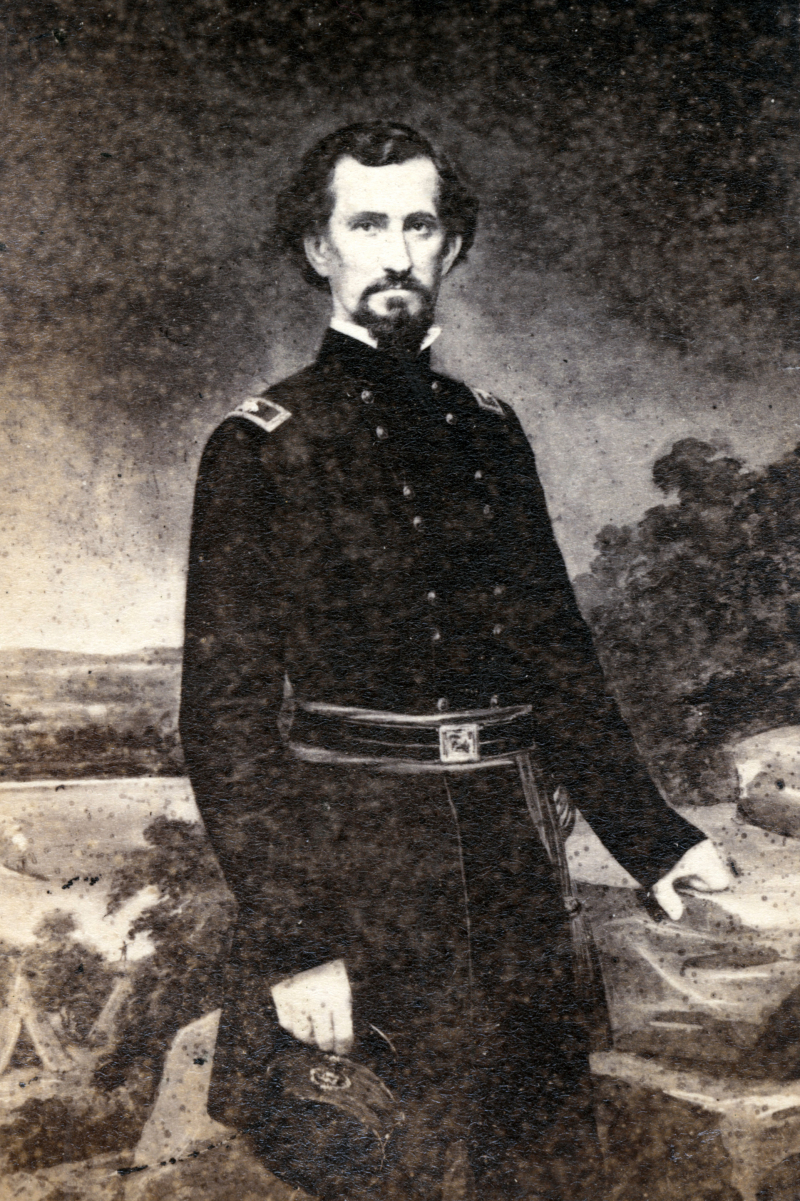
Felix Zollicoffer - Wikipedia 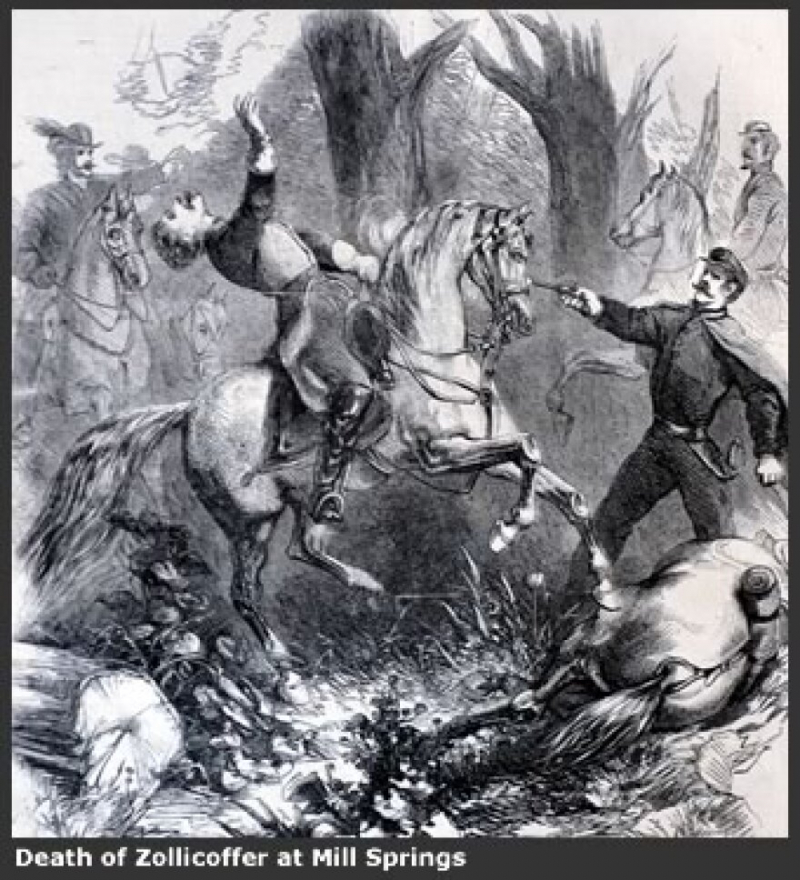
WVTF -
While the center of the Confederate line briefly fell back in confusion due to the sudden death of Brig. Gen. Felix Zollicoffer and heavy fire from Fry's regiment. When Thomas arrived on the scene, he gave the order for the 9th Ohio to go forward while the 2nd Minnesota continued to fire heavily from the front. The battle was won when the 9th Ohio turned the Confederate left flank. The Confederate soldiers broke and fled in disorganized disarray back toward Mill Springs. This showed the strength of the 9th Ohio.
There were numerous veterans of the German 1848 uprisings in Europe in the 9th Ohio, which was primarily composed of German-speaking Cincinnati soldiers. The Battle of Mill Springs would involve a significant contribution from the 9th Ohio. The 9th, under the command of Maj. Gustave Kammerling launched a daring and effective bayonet charge that contributed to the Confederate forces' loss. Kammerling reportedly said, "If it gets too hot for you, close your eyes my soldiers - Forward!" as the 9th Ohio advanced with bayonets poised.
History Gone Wilder | Have History Will Travel 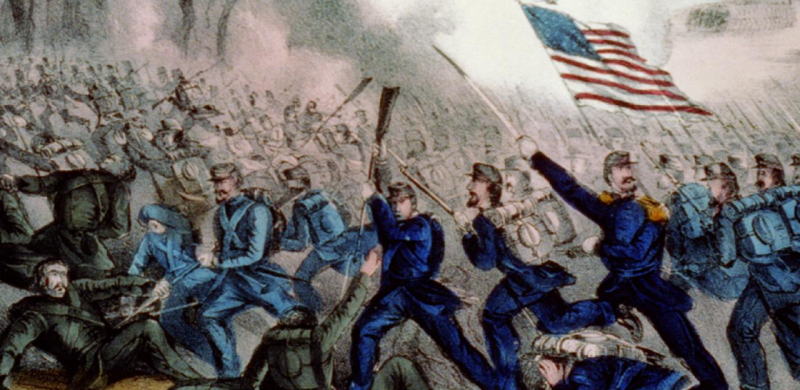
American Battlefield Trust -
Russellville, Kentucky, in what was then the far west of the United States, is where George Bibb Crittenden was born on March 20, 1812. He was descended from a well-known Bluegrass family. In addition to serving as Kentucky's 17th governor and as a US senator, George's father, John J. Crittenden was also a well-known politician and the descendant of a Revolutionary War veteran.
Thomas Leonidas Crittenden, George's brother, rose to the rank of major general in the Union army and oversaw the fighting at Cold Harbor, Stones River, Chickamauga, and Spotsylvania Court House. Contrary to his brother Thomas Leonidas, who rose to the rank of major general for the Union, Crittenden's allegiances lay with the South, and during the early 1861 secession crisis, George received a position as a colonel in the Confederate States Army. He received a promotion and was given the East Tennessee District. His forces were routed by Union General George H. Thomas in the Battle of Mill Springs on January 18, 1862, severely weakening the Confederate grip on eastern Kentucky. The Confederate military campaign suffered its first defeat on the battlefield.
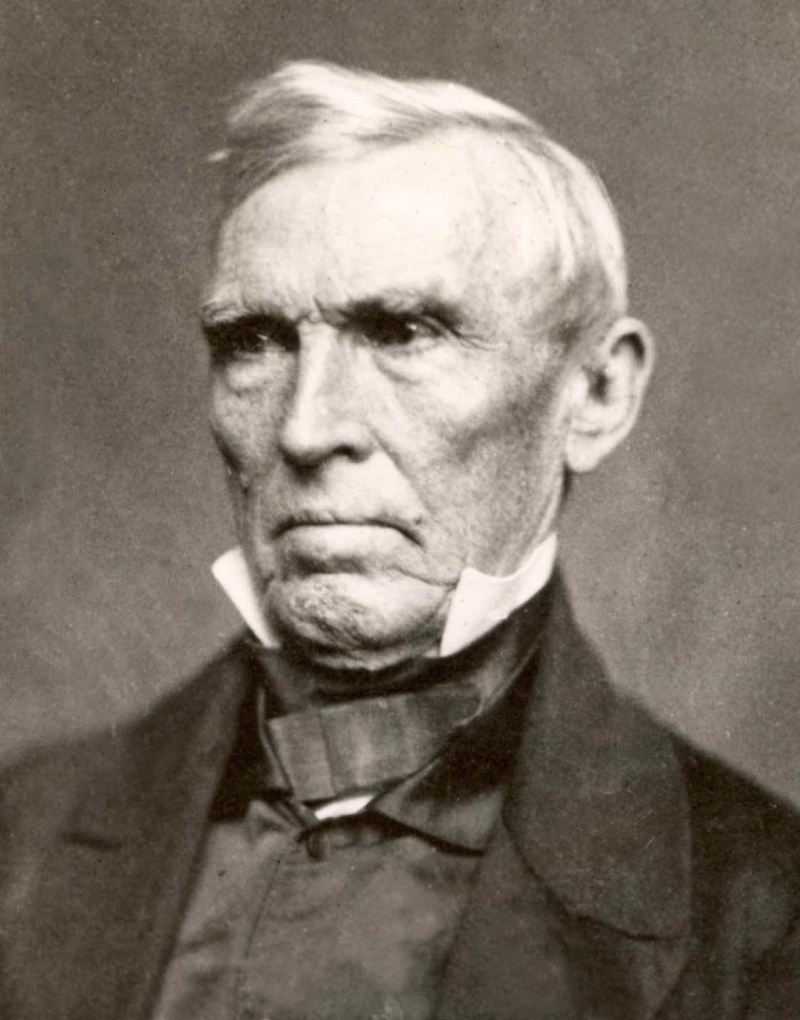
John J. Crittenden - Wikipedia 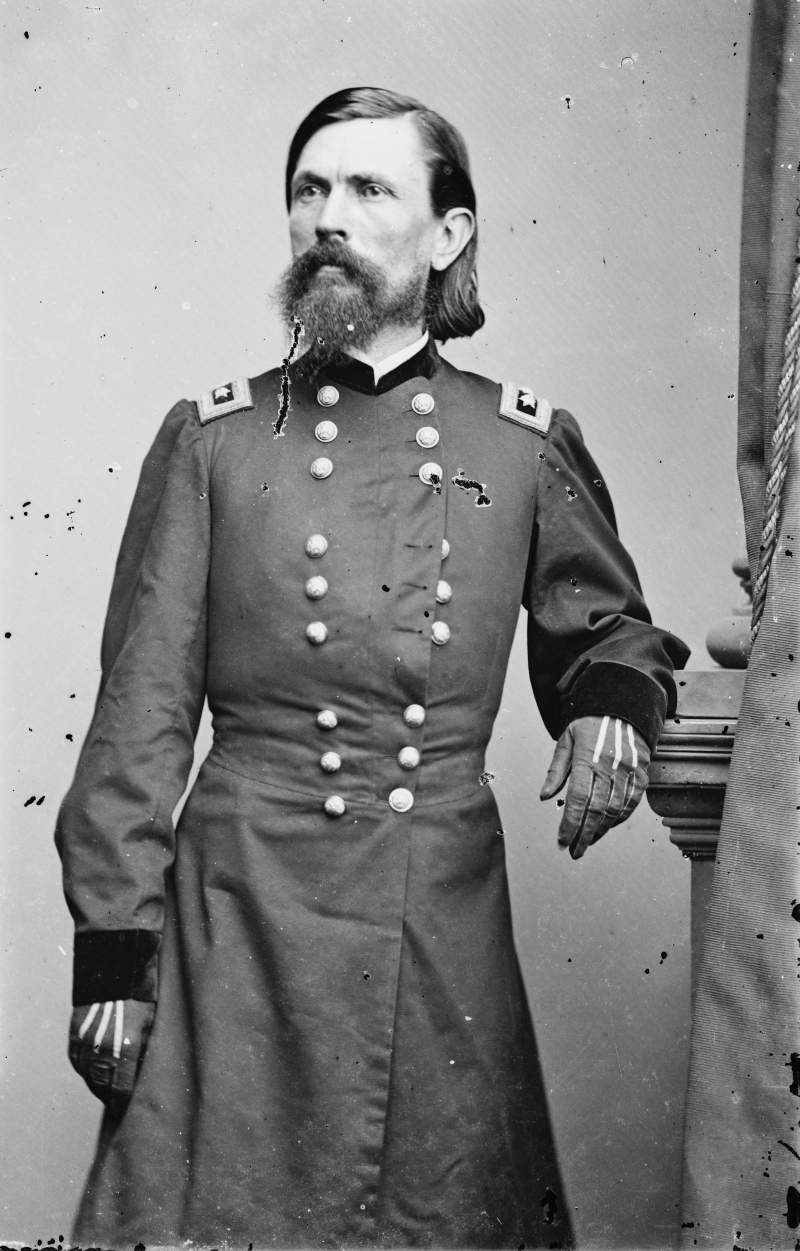
Thomas Leonidas Crittenden - Wikipedia








